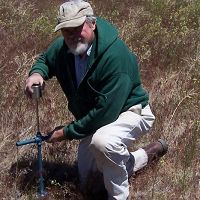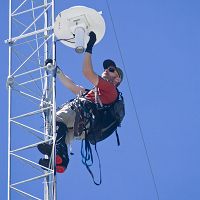Johnson et al., 2011
The Nature and Potential Causes of Nutrient Hot Spots in a Sierra Nevada Forest Soil.
Johnson, D.W., Miller, W.W., Rau, B.M., Meadows, M.W. (2011)
Soil Science 176 (11): 596-610.
-
Sierra, INVESTIGATOR
-
Sierra, COLLABORATOR
-
Sierra, STAFF
Abstract
A study of soil nutrient hotspots was conducted by sampling two forest soils both destructively and with resin-based methods. In conjunction with the soil sampling, O horizon interflow collectors were established near each plot. Based on previous work, we hypothesized that nutrient hotspots existed in the soils and that they would be more common for less abundant than more abundant nutrients. We also hypothesized that nutrient-enriched O horizon interflow was occurring at these sites and could cause hotspots where it enters the soil in preferential flow paths. The first hypothesis was only partially supported: Hotspots, as indicated by significant positive skew and statistical outliers, occurred not only for least abundant nutrients, but also for nearly all measured nutrients by various methods. The second hypothesis was supported: O horizon interflow did occur, was enriched in nutrients, and could well have caused some nutrient hotspots. We found one candidate for such a hotspot where extreme outliers for all but one water-extractable nutrient was identified.
Citation
Johnson, D.W., Miller, W.W., Rau, B.M., Meadows, M.W. (2011): The Nature and Potential Causes of Nutrient Hot Spots in a Sierra Nevada Forest Soil. Soil Science 176 (11): 596-610. . DOI: 10.1097/SS.0b013e31823120a2
 This Paper/Book acknowledges NSF CZO grant support.
This Paper/Book acknowledges NSF CZO grant support.
Explore Further



